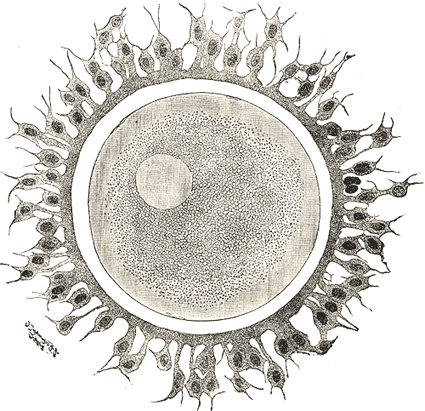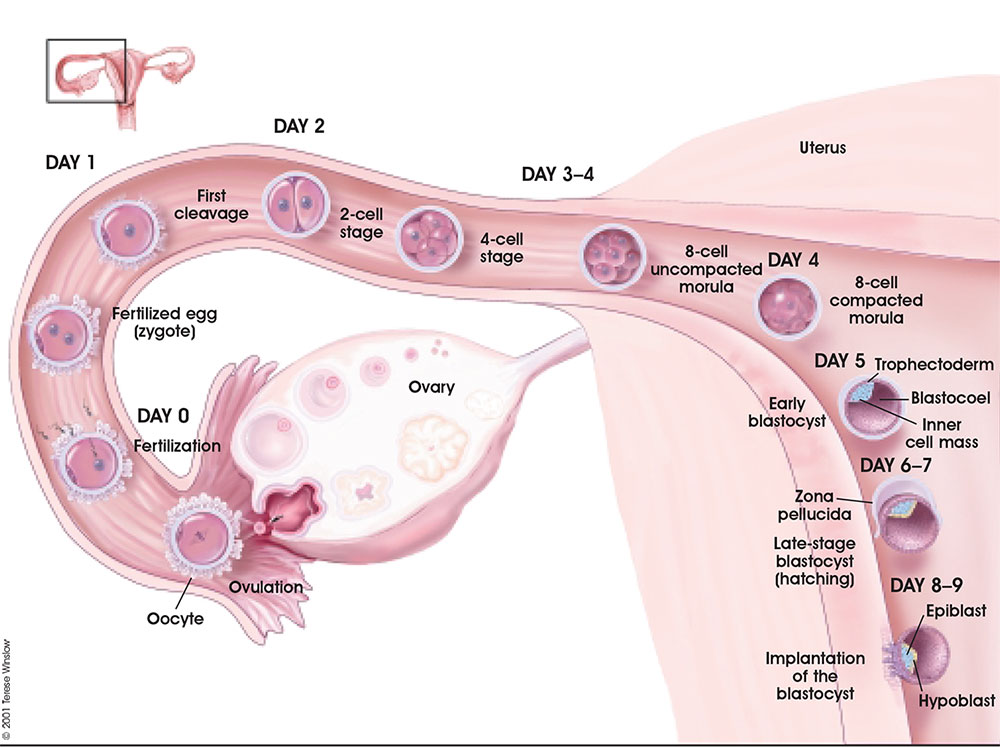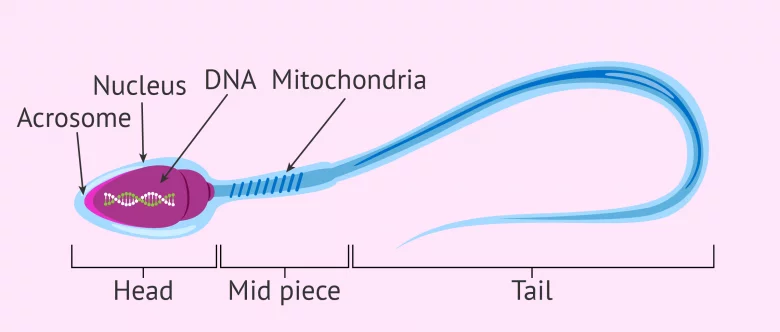The Living Base Pattern
Base 1 | Sperm
God The Father
Only a few thousand of the average 250 million sperm reach the uterotubal junction. Those who overcome obstacles to reach the fallopian tube acquire the ability to fertilize, known as sperm hyperactivation. Only a few dozen sperm reach the egg, and only her chosen one will make it through the zona pellucida.
Base 2 | Sperm Nucleus, Mitochondria, Acrosome
Lilith, Adam, Jesus
The mitochondria power the movement of the tail, which begins moving with more force and energy following hyperactivation. This allows penetration of the corona radiata.
Sperm binding triggers the acrosome reaction, releasing protein enzymes that digest the egg to allow penetration of the zona pellucida. The acrosome is stored in a cap at the front of the sperm, and once the process is complete, the sperm body is left behind.
The plasma membranes of both parties fuse together to release the nucleus, providing 1/2 of the genetic material and the gender.

Base 3 | The Egg & Polar Bodies
Mother Earth & Sky
During oogenesis, a female germ cell (oogonium) undergoes meiosis to produce an egg cell (ovum) and three non-functional cells called polar bodies. This process involves two rounds of cell division, meiosis I and meiosis II, where chromosomes are duplicated and separated.
Read More
During meiosis, the cell division is not equal. One of the resulting cells receives almost all of the cytoplasm and organelles to become the ovum, while the others receive very little and become polar bodies. Polar bodies do not have the ability to be fertilized and typically undergo apoptosis (programmed cell death.) They ensure that the egg cell retains the necessary resources for development by discarding excess genetic material.
Once the ovum is released from the ovary, it is picked up by the fallopian tube, where it waits to choose a single sperm to penetrate it. Fusion releases calcium ions which cause a cortisol reaction, protecting the egg from additional sperm binding.

Base 4 | The Egg Nucleus
Snake, Tree, Apple
Upon fusion, the sperm and egg nuclei membranes disappear, allowing the chromosomes to fuse together. This step completes fertilization by re-establishing a full 46 chromosomes in a Zygote.
Base 5 | The Zygote
Eve & The Fall
The Zygote is the first cell of the organism, created after the fusion of nuclei. Gender is determined by the sperm, which carries an X or Y chromosome to the egg’s X chromosome. The fertilized egg then begins a rapid descent to the uterus.
During the journey to the uterus, the zygote becomes a two-cell embryo, continuing to divide until it becomes a blastocyst. This multi-celled structure can attach to the uterus, causing pregnancy.




